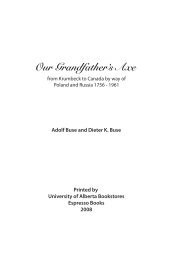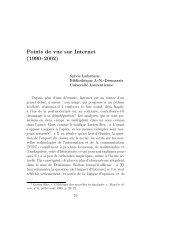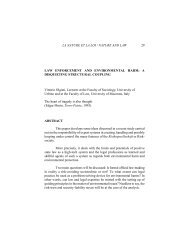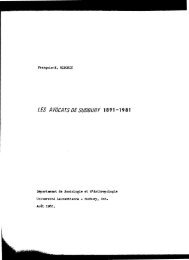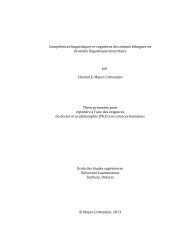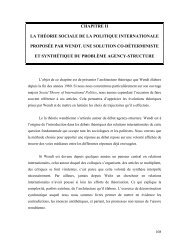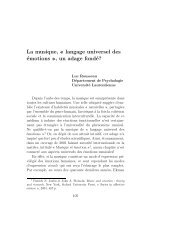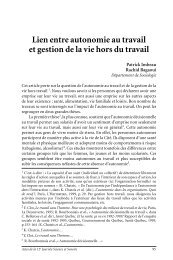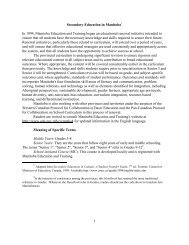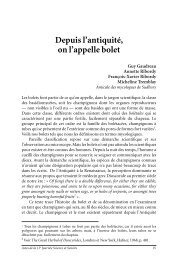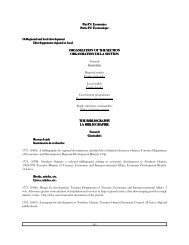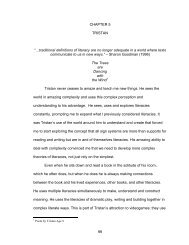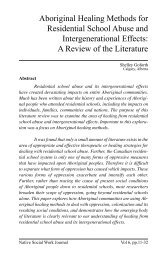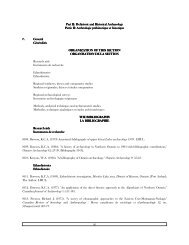NSERC grants at Laurentian University Subventions du CRSNG `a l ...
NSERC grants at Laurentian University Subventions du CRSNG `a l ...
NSERC grants at Laurentian University Subventions du CRSNG `a l ...
- No tags were found...
Create successful ePaper yourself
Turn your PDF publications into a flip-book with our unique Google optimized e-Paper software.
Partners with <strong>Laurentian</strong> <strong>University</strong>Partenaires avec l’Université LaurentienneMark Chen with/avec A. L. Hallin, A. B. Macdonald,Doug Hallman & Clarence Virtue 1SNO Liquid Scintill<strong>at</strong>or R & DThe amount of the grant is to be determined.Le montant de la subvention reste à être déterminé.Sub<strong>at</strong>omic Physics Project – Projet en physique sub<strong>at</strong>omiqueThe Sudbury Neutrino Observ<strong>at</strong>ory (SNO) uses heavy w<strong>at</strong>er as the mediumfor detecting solar neutrinos. After current studies using this heavyw<strong>at</strong>er are completed in 2007, it would be possible to replace the heavy w<strong>at</strong>erin SNO with a liquid scintill<strong>at</strong>or - an organic hydrocarbon liquid th<strong>at</strong> emitslight when sub<strong>at</strong>omic particles interact in it. A liquid scintill<strong>at</strong>or would boostthe light pro<strong>du</strong>ced by neutrino interactions in SNO by a factor of fifty overthe present configur<strong>at</strong>ion, allowing lower energy neutrinos to be studied.These would include solar neutrinos from different nuclear reactions in thesun. By studying these lower energy solar neutrinos, a deeper understandingof the nuclear energy gener<strong>at</strong>ion mechanisms in stars would be achieved, aswell as increased precision in our knowledge of the new neutrino propertiesrecently discovered by SNO. At lower energies, it would also be possible todetect geo-neutrinos, the neutrinos emitted by n<strong>at</strong>ural radioactivity in theEarth. By studying geo-neutrinos, one can survey the whole Earth <strong>at</strong> onceto directly determine the amount of radioactivity deep in the Earth and itsrole in Earth’s total he<strong>at</strong> gener<strong>at</strong>ion, a subject th<strong>at</strong> is poorly known. A liquidscintill<strong>at</strong>or detector also serves as an excellent monitor for detecting1 The names of the researchers from <strong>Laurentian</strong> <strong>University</strong> are shown in italics./Les noms des chercheurs de l’UniversitéLaurentienne sont en italiques.137



